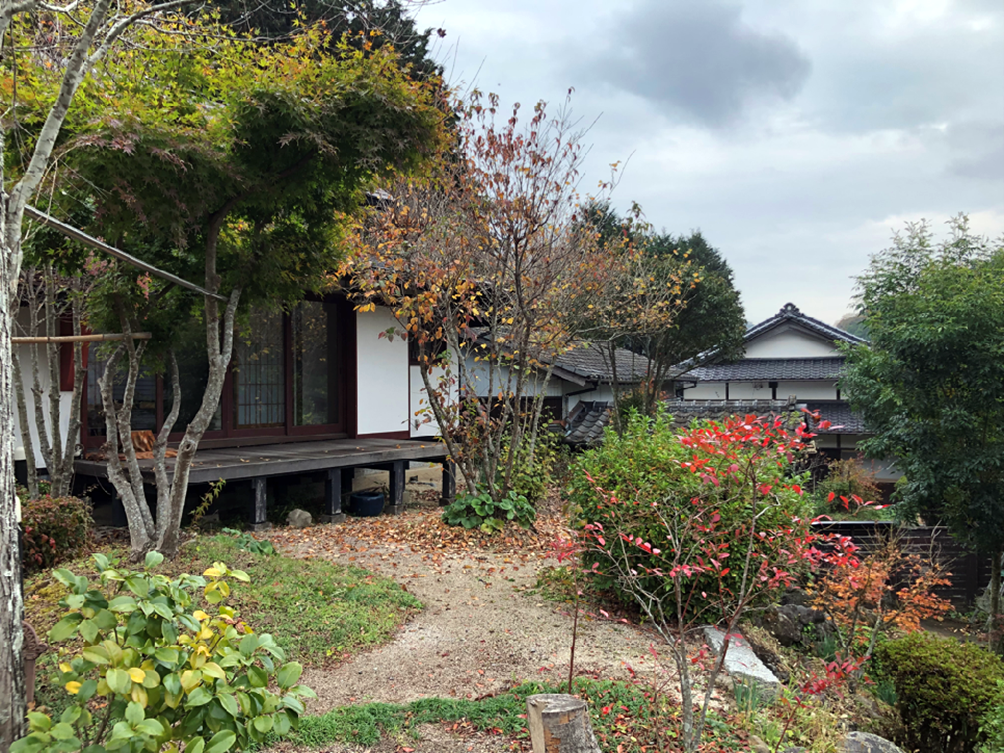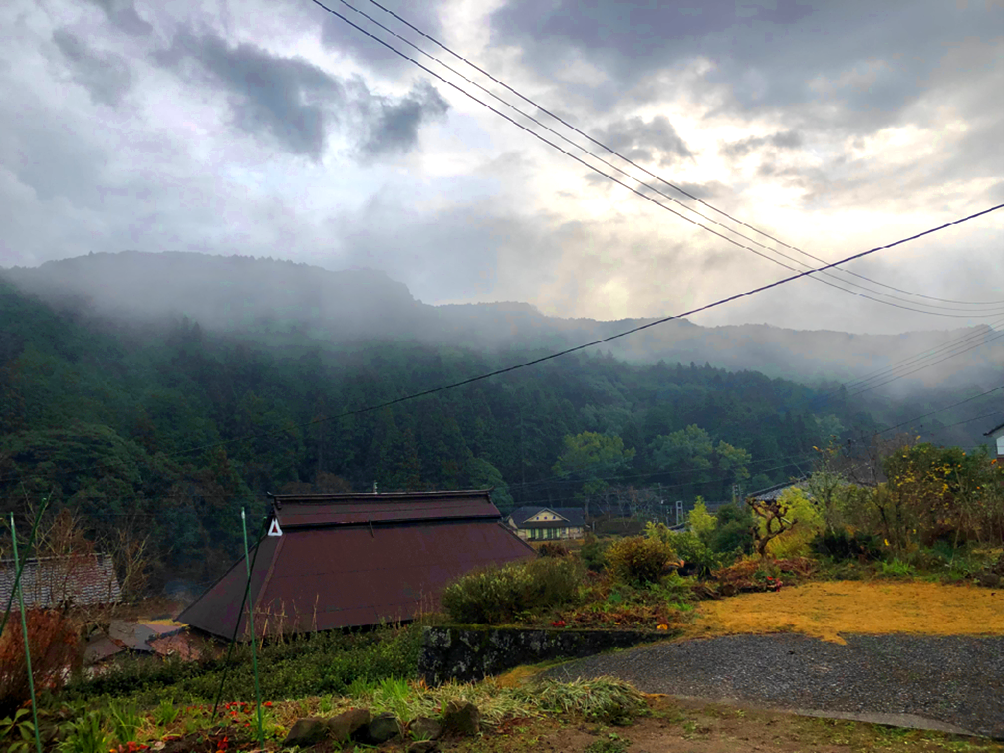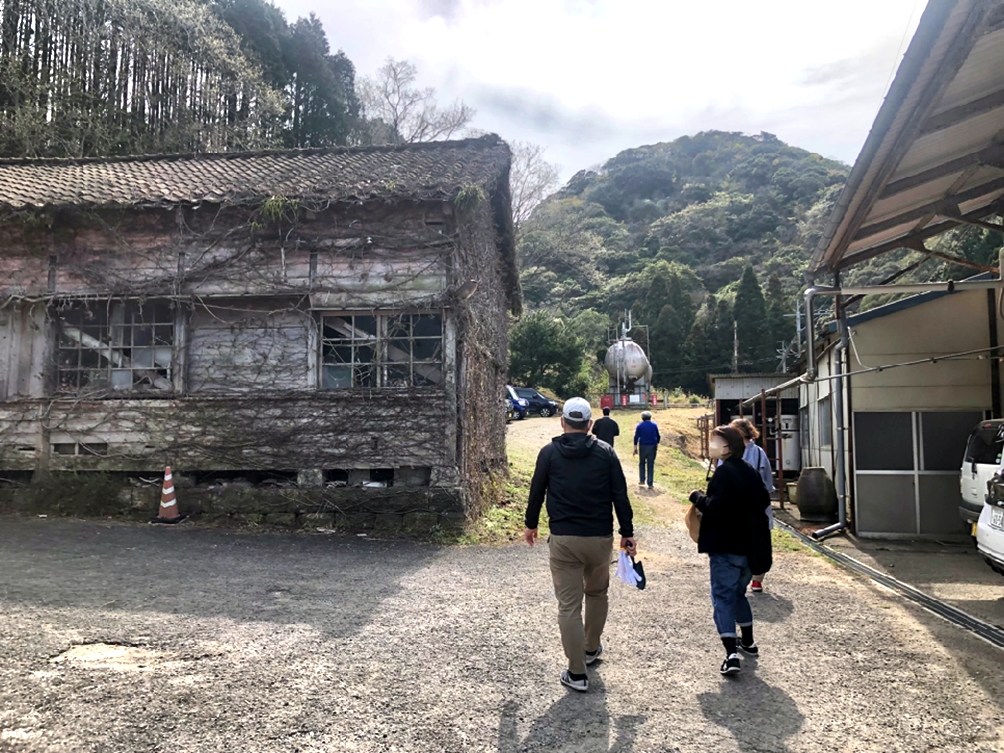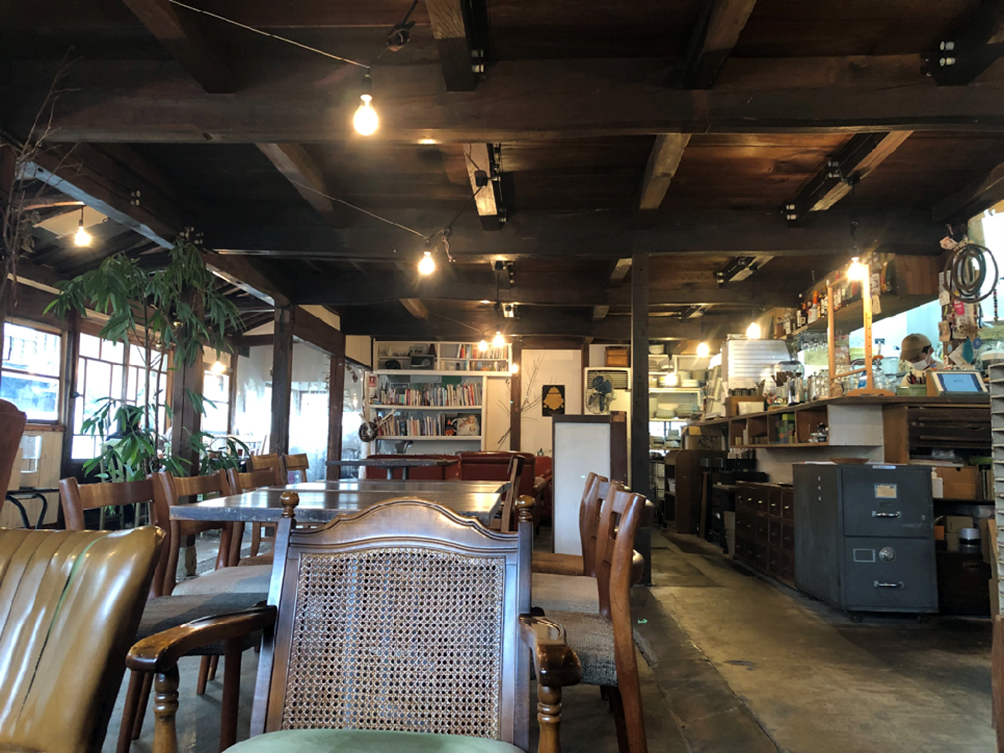by Cecilia Luzi
Last August, I returned from Japan after ten months of field research in Buzen and Hasami. During my time there, I gained important new insights. Being so close to the places and people changed my perspective on urban-rural migration in unexpected ways. Among the many experiences and observations, one thing struck me as soon as I arrived and has continued to fascinate me: the amazing diversity of life paths of urban migrants in rural Japan. Some of them were born in the city, took the plunge to settle in the tranquility of Hasami or Buzen, and never moved anywhere else. Others had traveled the world in their twenties before settling permanently in rural Japan. Some returned to their hometowns after years in Tokyo because they wanted to be close to family and friends, while others deliberately moved as far away from their relatives as possible. Some followed their spouses to the countryside, while other migrants remained in constant motion, either driven by a desire for change or leaving the country because they had difficulty finding a job or a place to live. The complexity of these stories makes it very difficult to classify urban-rural migrants into predefined categories based either on their origin or their aspirations for the future, as the following examples show.

Copyright © Cecilia Luzi 2022
The first time I met Hitomi, she suggested that we meet at the local farmer’s market during her lunch break. We enjoyed our bento boxes together, sitting at the tables beside the shop under the warm November sun, and chatted animatedly about our lives. Hitomi works as a translator in Chinese and English at the local Toshiba branch. Her husband is Colombian, and they have three delightful daughters. Hitomi was born in Kitakyushu and moved to the countryside four years ago, where her parents have been residing for the past decade. They renovated her father’s childhood home in the mountains. Hitomi has plenty of friends both among migrants and locals and she became one of my gatekeepers, opening many doors for me. One of the first people she introduced me to was Kenji. Kenji is a 47 years old, soft-spoken man with a warm smile. He was born in Hokkaido but grew up in Tokyo with his single mother. He completed his graduation in sociology from the university and studied in the USA. After struggling with precarious jobs in Tokyo, he decided to move to a small town in central Kyushu to dedicate his life to agriculture and sustainable living. He now lives in an old house with his wife and three-year-old daughter, splitting his time between farming and working as an online therapist. Kenji has embraced a self-sustainable way of life, where he farms, hunts and exchanges food and tools with others to use as little money as possible: “As long as I can live in proximity with nature and be self-sustainable, I can live anywhere.”

Copyright © Cecilia Luzi 2023
Yusuke is a 53-year-old man from Kyoto who had spent 25 years in New Zealand before moving back to Japan with his family two years ago. He used to work in the restaurant business. Born in Kyoto, his parents now live in Nara prefecture, and with their age progressing, he felt he wanted to be closer to them. He chuckled and said, “But not too close! I am not used to have them around anymore.” Yusuke is currently employed at the town hall, and his contract will end at the end of this year. In the future, he plans to manage a café, co-working space and guesthouse in a renovated building within an old ceramic factory complex. Thanks to him, I had the opportunity to speak with many other migrants who come to rural Japan through the chiiki okoshi kyōryokutai program. If he cannot find a stable occupation before the end of the year, he will need to move back to New Zealand because he would have no pension in Japan.

Copyright © Cecilia Luzi 2023
The first time I went to Nami’s café, I had no idea that she was also a migrant. Nami is a 44-year-old woman who returned to her hometown after spending several years in Tokyo and Paris where she studied fashion. She now lives in her childhood home with her parents, 12-year-old son and newborn daughter while waiting for her new house to be built. Her husband comes to visit from Tokyo from time to time. Nami’s move back home was not just a change of location, it was a complete life reinvention. She was eager to return to work after spending years as a housewife in Tokyo, and with the help of her family, she found a job managing a ceramic shop and a café that is connected to her family’s kiln.

Copyright © Cecilia Luzi 2023
The stories I presented here highlight the complex nature of urban-rural migration in Japan, and at the same time, they challenge the existing labels used to describe internal migration patterns, such as U-turn, I-turn, J-turn, ijū, and teijū that do not accurately capture the intricate and multifaceted experiences of contemporary urban-rural migrants. These categories are based on geographic origins or settlement intentions and fail to comprehend the complexities of today’s migration patterns. The categories of U-turn (returning home), I-turn (moving to a new rural town), and J-turn (relocating to a different town) oversimplify the trajectories of migration. Similarly, the differentiation between ijū, which identifies the migration movement, and teijū that defines the permanent settlement, lacks nuance and is extremely subjective, making it difficult to define the experience of migrants accordingly. During my ethnography, I encountered many individuals like Hitomi, Yusuke, Nami, and Kenji, whose experiences cannot be neatly fitted into these predefined categories. The people I met showed me how the rigid boundaries within the conventional categories are, in reality, remarkably fluid. Especially when examining the experiences of individuals like Nami and Hitomi, the categorization seemed useless to me. Their stories not only demonstrate how the complexity within the “migrant” category makes these labels inconsistent, but also pushed me to question the actual distinction between “locals” and “migrants.” In Nami’s and Hitomi’s unique trajectories, the line between insider and outsider blurs and leaves me with a pressing question: what truly defines a migrant in the context of contemporary migration patterns, and how do these shifting identities influence the rural landscape?






